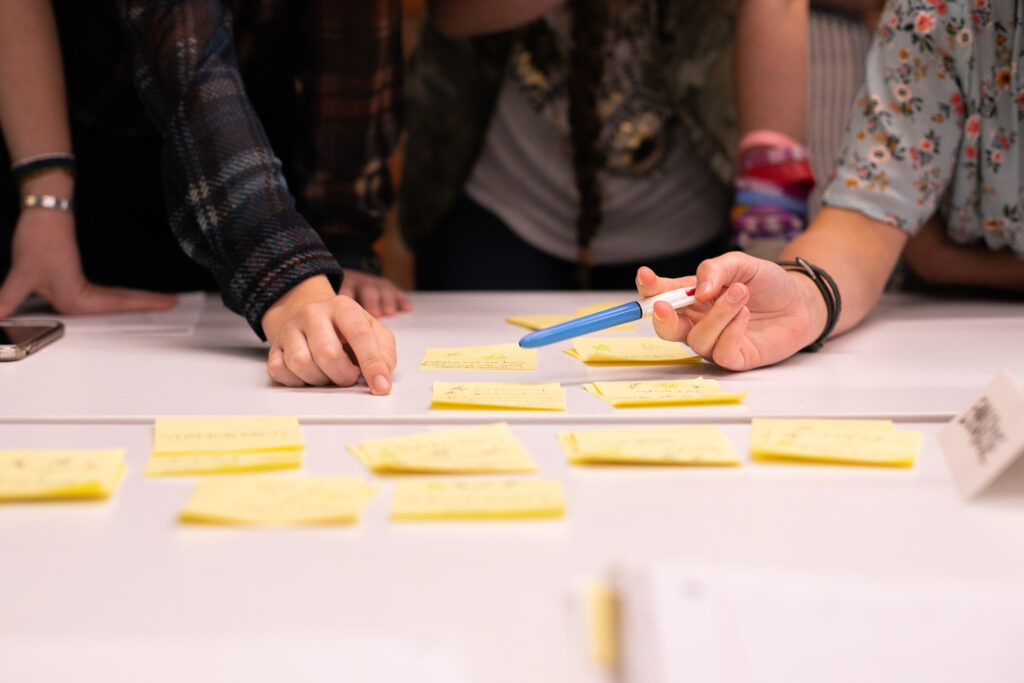What is Teamship?
Teamship is a reimagined internship where teams of students solve real problems for real businesses, learning to collaborate and problem-solve like professionals.
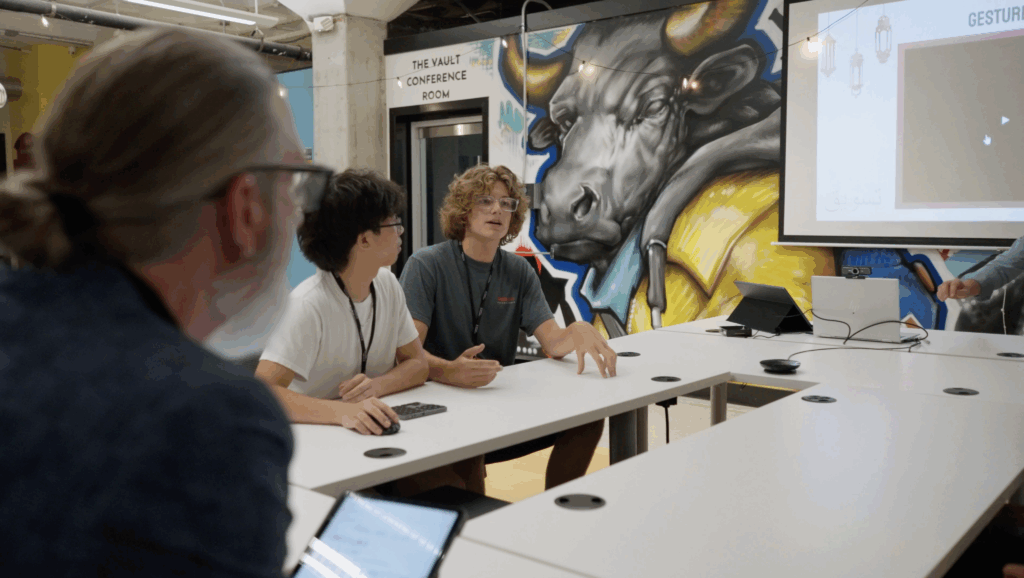

Why Teamship Matters
The modern workforce rewards those who can think critically, collaborate widely, and act with purpose. These skills require more than classroom learning to build.
Work is changing. AI is impacting jobs across all industries. Employers are looking for a new kind of talent prepared for the uniquely human job description of the modern economy: work in diverse teams to solve complex problems. Today’s work requires a different kind of preparation.
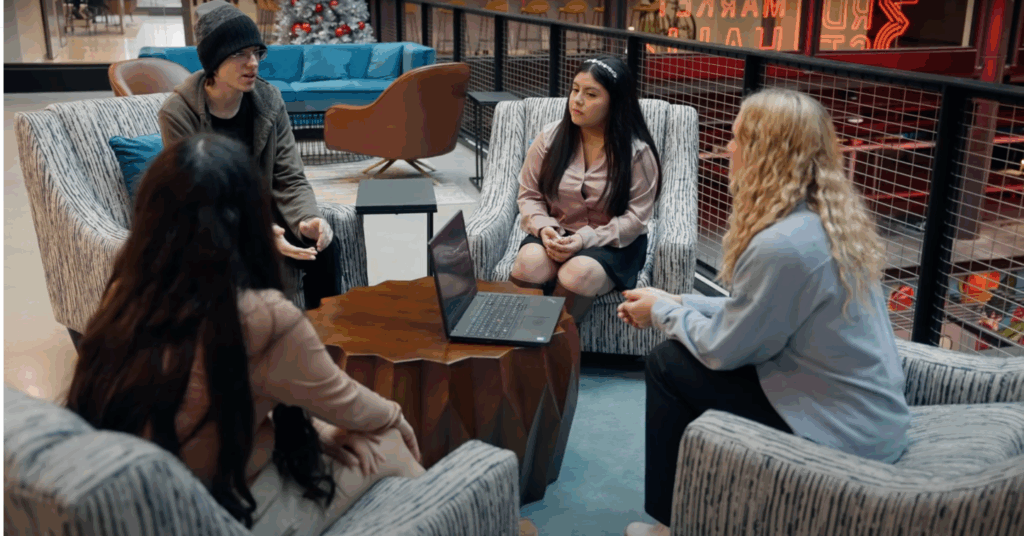
What Makes Teamship Different
Teamship builds the mindsets students need to thrive in modern work.
Equitable Access
Traditional internship opportunities favor students with social capital and family connections.
Teamship removes those barriers. Delivered through school, Teamship provides access for more students.
Durable Skills
The workplace today rewards those who can adapt, collaborate, and solve ambiguous problems.
Teamship mirrors that world where there’s no script, no single right answer, and success comes from learning how to coordinate with others to do hard things.
Rigorous Coaching
Traditional internships are often overseen by busy managers with little time where students are often left to figure things out alone.
In Teamship, certified educators provide structured coaching to help student teams navigate challenges and build confidence.
How Teamship Works
In Teamship, groups of three to four students come together to collaborate and solve meaningful, real-world problems for businesses and organizations. No case studies. No hypotheticals. The most critical part is that it’s real.

1. Team
Each team is intentionally designed to include different backgrounds, strengths, and perspectives, because solving complex problems starts with seeing them from all sides.
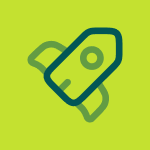
2. Launch
Teams build skills, align on how they’ll work together, and interview a business partner to deeply understand the challenge and context.

3. Solve
With support from a certified coach, teams explore the root problem, test solutions, and design a proposal grounded in insight and possibility.

4. Pitch
Students present their solution directly to the business partner and answer live questions often in front of educators, families, and community stakeholders.
Teamship Mindsets & Tools
The Teamship experience is built on four modern-work mindsets and a set of practical tools that bring them to life. If mindsets shape how students think, the tools guide how they work: protocols, team processes, and behaviors designed to turn intent into action. Solving complex problems in teams requires both.

Analytical
Real problems are messy. Break them down before jumping to solutions.
Real problems are messy. Break them down before jumping to solutions.
What do Analytical people do to break down complex problems?
Diverge. Build expertise for the problem and solution by gathering new information from multiple points of view.
Converge. Simplify by synthesizing existing knowledge with new information and focusing on the most relevant and interesting aspects.

Design
All problems are human. Understand needs, motivations, and context with an orientation to action.
All problems are human. Get to needs and motivations with an orientation to action.
What do Designers do to create solutions that users will love?
Dig for insights. Get to an ah-hah by uncovering information, digging for emotion, and testing assumptions.
Iterate. Don’t wait! Test ideas with users and stakeholders early and often. Do, learn, adapt, and do again.
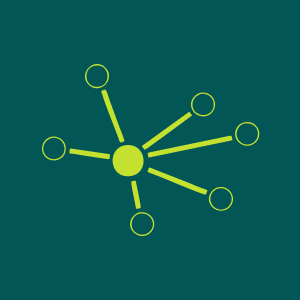
Collective
The best teams are diverse teams. Leverage differences to think bigger and better.
The best teams are diverse teams. Leverage the power of different perspectives.
What do Collective people do to optimize team performance?
Build trust. Promote psychological safety by getting to know each other personally, asking and listening, and modeling vulnerability.
Structure the work. Maximize team productivity by setting clear goals and individual responsibilities, and implementing team processes that allow for all voices and perspectives to be heard.

Self-Aware
You are responsible for you. Own your growth, your habits, and how you show up.
You are responsible for you. Proactively manage your growth and productivity.
What do Self-Aware people do to maximize their growth and productivity?
Self-Reflect. Know your strengths and weaknesses, mine your successes and failures for learning opportunities, and understand how others perceive you.
Self-Direct. Follow through on your commitments, be proactive in the face of uncertainty, stay positive in the face of challenge, and recover from setbacks.
FAQs
Workplaces are made up of all different kinds of people with different strengths, backgrounds, perspectives, and past experiences. We know from research that the best teams are diverse teams, and the strength of that diversity is enhanced when members of those teams understand how to leverage their individual differences. Teamship is an opportunity to learn how.
A typical Teamship experience is anywhere between 25 and 50 hours, typically delivered over multiple weeks where student teams meet 3-5 hours per week. Intensive 1-week or 2-week experiences also work. Here’s the thing about solving real problems — you have the time that you have, and your time constraints dictate your process. It’s all part of the learning.
A non-negotiable for this model is that the business problems are real, meaningful, and urgent. Here are some examples of businesses and the problems they’ve brought:
- Healthcare: A medical startup looking to improve its participant sign-up experience for clinical studies.
- Finance: A finance company wants to enhance communication between the Requirements and Risk Assessment teams to ensure smoother feature rollouts.
- Nonprofit: A pay-what-you-can café seeking a more efficient system for managing volunteer staff.
- Technology: A multinational software company aiming to increase client retention from 75% to 90%.
- Consumer Products: A personal care company developing a process for hiring and building a new marketing team.
- Food & Beverage: A local juice bar and café looking to revamp in-store traffic flow to improve customer experience.
- Real Estate: A 100-year-old real estate company working to unify its company culture across six divisions.
When we ask students what they liked most about the Teamship experience, the opportunity to add real value to a real person or organization is almost always at the top of the list. Regardless of the problem, student teams have a chance to engage in real work that has real consequences and the potential to make a meaningful impact. Not only is this a huge motivator, but it also provides students with an authentic work experience that any college or potential employer will want to hear more about.
Yes. We survey our business partners after their experience. So far, over 80% of our partners report that they plan to implement, or have already implemented, at least parts of the solutions proposed by student teams.
Yes! We’ve had multiple Teamship students accept follow-on internship and job offers with our business partners. In fact, over 87% of our business partners report that they are more likely to consider a student for a job or internship if that student has had a Teamship experience.
Teamship is unique in its structured coaching model and emphasis on real collaboration. Other programs may connect students to business problems, but in Teamship, certified educators guide student teams through the full problem-solving process. Business partners actively engage with the team — sharing their challenges, hearing student pitches, and workshopping solutions together. This combination ensures Teamship is not just project-based learning, but a true work-based learning experience that builds both problem-solving skills and professional confidence.

